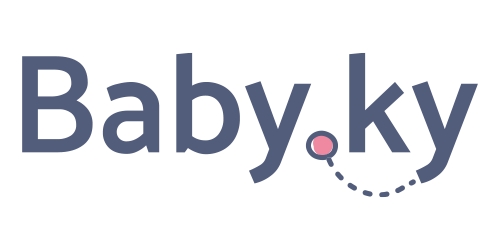You have no doubt heard the saying “smooth as a baby’s bottom”. It is no wonder most new parents expect their own baby’s skin will be smooth and soft skin. But, in reality, a newborn’s skin is rarely perfectly smooth and flawless, as you will with no doubt come across at some point a rash or rashes on your newborn.
Rashes on your newborn, are in fact, rather common. In most cases, the rashes are more bothersome to parents than to the baby itself. Often time and patience is all that is needed. There are many different types of rashes in the newborn. So it is important that you see your paediatrician if your baby develops a rash, to confirm the diagnosis. If your baby is unwell or has a fever with a rash, your baby needs to be seen urgently. Contact your paediatrician immediately.

Dry/Peeling Skin
If your baby is born on or after its due date the skin can appear very dry, with peeling of the hands and feet. This dry skin eventually flakes off over 2-3 weeks. The skin is very dry and cracked? Ask your paediatrician to recommend a good quality water-based moisturizer. Do not use baby lotion.

Milia
As you explore your little one for the first time, you may notice small pearly white spots. This may be on the face, often around the eyes, nose and mouth.
These are “Milia” and will go away on their own over the next few weeks to months as the skin pores open. Avoid using creams and oils on the face that may further block the baby’s pores. You may also notice similar spots inside baby’s mouth on the roof or palate. These are Epstein’s Pearls, and again, will disappear over time.

Stork Marks/Bites
Some babies will be born with flat, red or pink areas of skin on the face, over the eyelids, forehead and or on the back of the neck. These birth marks are known as stork bites and occur in one in every three babies.
They are small areas of dilated blood vessels. These marks become redder and more obvious when the baby is hot or crying. Stork marks are purely cosmetic. No treatment is needed. Most stork marks on the face will fade completely in about 18 months. The marks on the back of the neck usually do not go away.

Mongolian Blue Spots
Mongolian blue spots are a kind of birthmark that are flat, blue, or blue-grey. They appear at birth or in the first few weeks of life. They appear commonly at the base of the spine, on the buttocks and back and also can appear on the shoulders. They vary in size and can sometimes be quite large.
They are common among people who are of Asian, Native American, Hispanic, East Indian, and African descent. They can occasionally be seen in Caucasian infants. These spots are from a collection of melanocytes (skin cells that make the pigment in our skin) in the deeper layers of the skin. Your paediatrician will show you these spots during the newborn examination. They will explain these are birth marks and not bruises. The good news is Mongolian blue spots fade over the next few years. They are almost always gone by adolescence.

Erythema Toxicum Neonatorum
This rash, despite its big name, is a very common and harmless rash. It often appears in the first few days of life and will worry parents due to its appearance. About 50% of babies born at full term will have this rash.
The rash is made up of small raised red spots with yellow centers. It is usually worse in areas of contact (e.g. where the clothes touch the skin). The rash can wax and wane and may last up to two weeks. Your paediatrician will confirm the diagnosis during examination of your baby. Usually no treatment is required.
Baby Acne
About 20% of babies will develop acne during the first month of life. The rash looks like small pimples and usually occurs on the cheeks but can also be on the forehead, chin or back. The acne typically looks worse when baby is hot or if the skin is irritated. This may be by contact with saliva, spit ups, or has rubbing by blankets or sheets.
Baby acne is thought to be a response to the hormones that pass across the placenta from mummy to baby in the last few weeks of pregnancy. The acne is self-limiting, and usually resolves by itself by 3-4 months of age. Do not use acne creams on this rash and in general avoid baby moisturizers to the affected skin. See your paediatrician if it is not improving or you are concerned.
When to worry?
Your paediatrician will show you any birth marks or skin rashes noted during the newborn examination in hospital. After discharge, if your baby develops a new rash, it is safest to bring your baby to a paediatrician.
If your baby has a fever in the newborn period, your baby must be seen urgently. A red rash around the umbilical cord or redness around the nail edge of the fingers or toes can suggest an infection. Baby should be seen the same day.
Common rashes in the newborn period and how to care for your baby’s skin will be discussed in more detail in our free, paediatrician led antenatal course: The Early Days – guiding you through the first six weeks with your newborn.
More Advice on Rashes on Your Newborn
It’s also worth checking out help, advice, and any rashes on your newborn posts in our Baby Facebook Group. It allows you to ask questions, gain access to basic advice and share experiences with others facing the same new experiences. You can join here: https://www.facebook.com/groups/babycayman/

